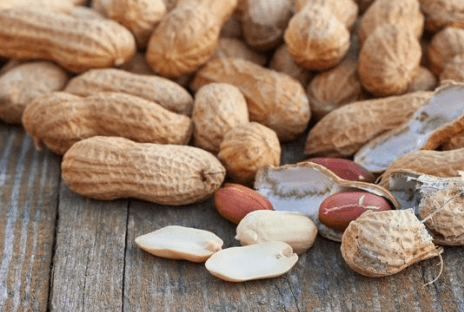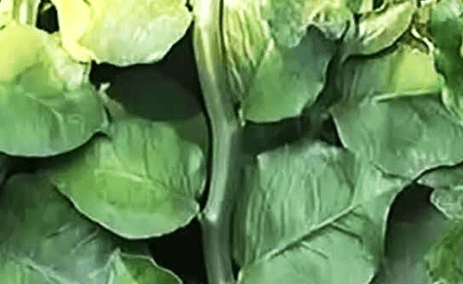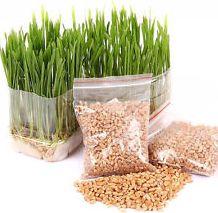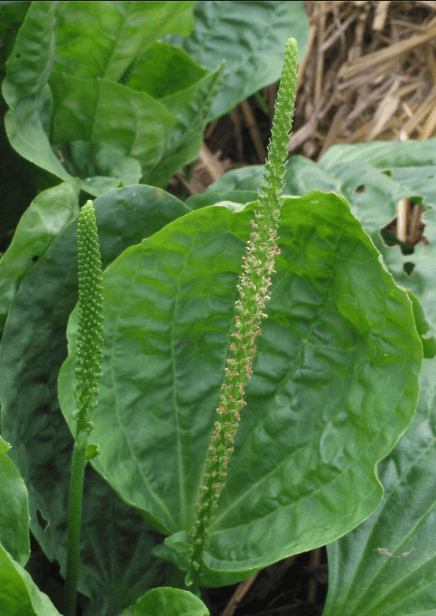Brahmi Medicinal Benefits

Botanical Name-Bacopa monnieri
Common Name-Brahmi
Family-Scrophulariaceal (Katuka Kul)
Habit-A prostrate, juicy, succulent, glabrous annual herb
Properties
Property-Lightness
Taste-Bitter
Potency-Cooling
Metabolic Property-Sweety
Specific Property
- Intellect promoting
- Laxative
- Promoting long life
- Rejuvinator
Parts Used-Whole plant

Description-Bacopa, Babies tear, Bacopa monnieri, Hespestis monniera, Nirbrahmi, Indian Pennywort, Jalanevari and water hyssop are the other names that are used for Brahmi. In English it is commonly called as the ‘Herb of Grace’.
Brahmi is the small creeping herb with the numerous branches. It grows to a height of 2-3 feet and its branches are 10-35 cm long. It has oval shaped leaves that are 1-2 cm long and 3-8 mm broad. Leaves are formed in pairs along the stems. Small-tubular, five petaled flowers are white-purple in colour. Its stern is soft, succulent, and hairy with the glands. Roots emerge out of the nodules and directly go to the soil. The fruit is oval and sharp at apex.
Herpestis monniera, or Moniera cuneifolia is the other species of Brahmi (Bacopa monnieri).
Brahmi is found in marshy areas near streams and ponds throughout India especially in the North eastern regions. It is found at an elevations from sea level to altitudes of 4,400 feet. It is found in Uttar Pradesh, Punjab, Haryana, Bihar, Bengal, Tamil Nadu, Kerala, Karnataka, Foot hills of Himachal Pradesh & Uttaranchal. It is also widely grown in the Bandhavgarh National Park in India. Brahmi is propagated by seed, cuttings and also by the root division. Before establishing the plant cutting the field should be ploughed properly an must be made free of weeds. The cuttings should be 4-5 cm long and must contain roots and leaves. Hand weed’ is required in every 5-20 days. It grows faster in the high temperature (33-42 Degree celcius) and humidify (65-80%). It prefers wet spots. It is grown in the pots in the house garden. It can grow in both the sun and shade. It requires water from time to time as its roots are shallow. It also requires regular organic fertilizer for its growth. It gives flowers ans fruit in the summer season. It requires moderate to high lightening to grow well.
Brahmi is used in traditional Indian medicines for centuries. for the treatment of bronchitis, chronic cough, asthma, hoarseness, arthritis, rheumatism, backache, fluid retention, blood cleanser, chronic skin conditions, constipation, hair loss, fevers, digestive problems, depression, mental and physical fatigue and many more. It is used to treat all sorts of skin problems like eczema, psoriasis, abscess and ulceration. It stimulates the growth of skin, hair and nails. Brahmi posses anticancer activity. It is taken to get relief from stress and anxiety. According to the Ayurveda Brahmi has antioxidant properties. It has been reported to reduce oxidation of fats in the blood stream, which is the risk factor for cardiovascular diseases. Brahmi is considered as the main rejuvenating herb for the nerve and brain cells.
Brahmi is rich in Vitamin C and can be used in the salads, soups and sandwiches. Brahmi oil restores and preserves the memory. In India it is given to the infants to boost memory power intelligence.
Brahmi is the name derived from the Lord Brahma. It is said that the use of Brahmi for the memory goes back 3000 years or more in India. Brahmi represents the creative energy of this earth.
Dosage
Powder 3-12 Ratti
Expressed juice 1040 ml
Uses
- Being rejuvinator and tonic, used in general dibility.
- Brahmi should be taken with honey, and ghee for promoting intellect. 3. In Epilepsy and Insanity—Old ghee processed with brahami juice, vaca, shankhpushpi alleviates insanity & epilepsy.
- In Depression, Mental debility—Brahami leaves powder should be used.
- Coryza in case of children—One tea spoon expressed juice relieves symptoms by causing vomiting and purgation.
- Expressed juice is used externally in arthritis.






